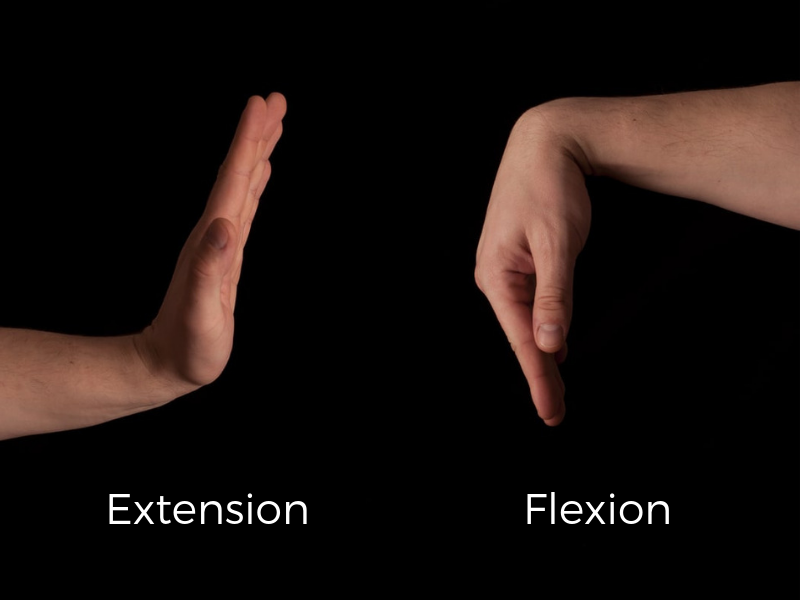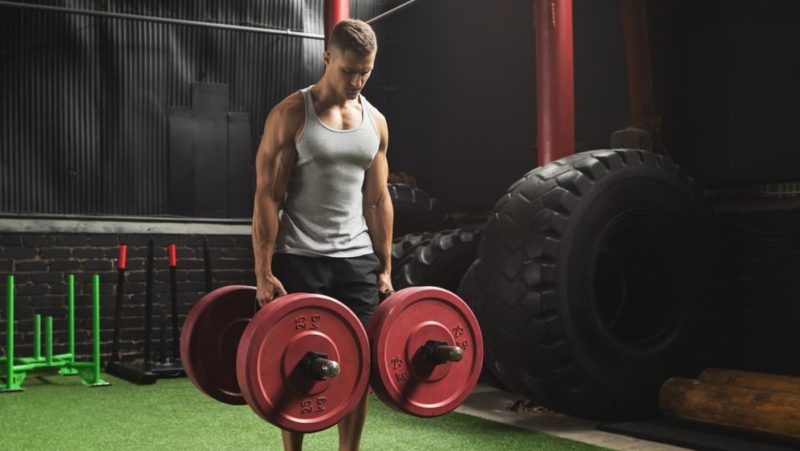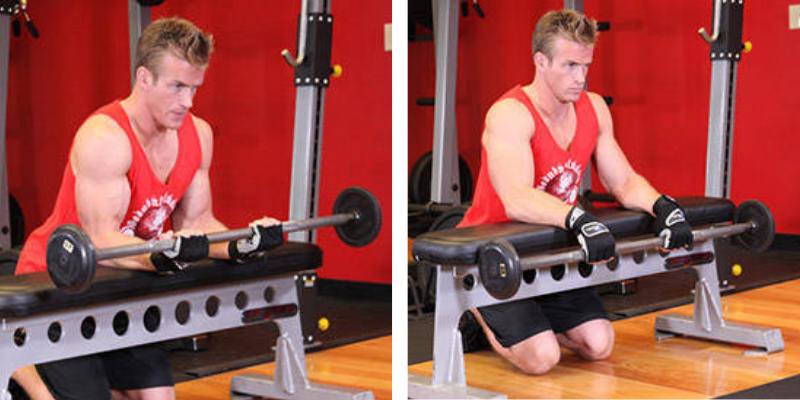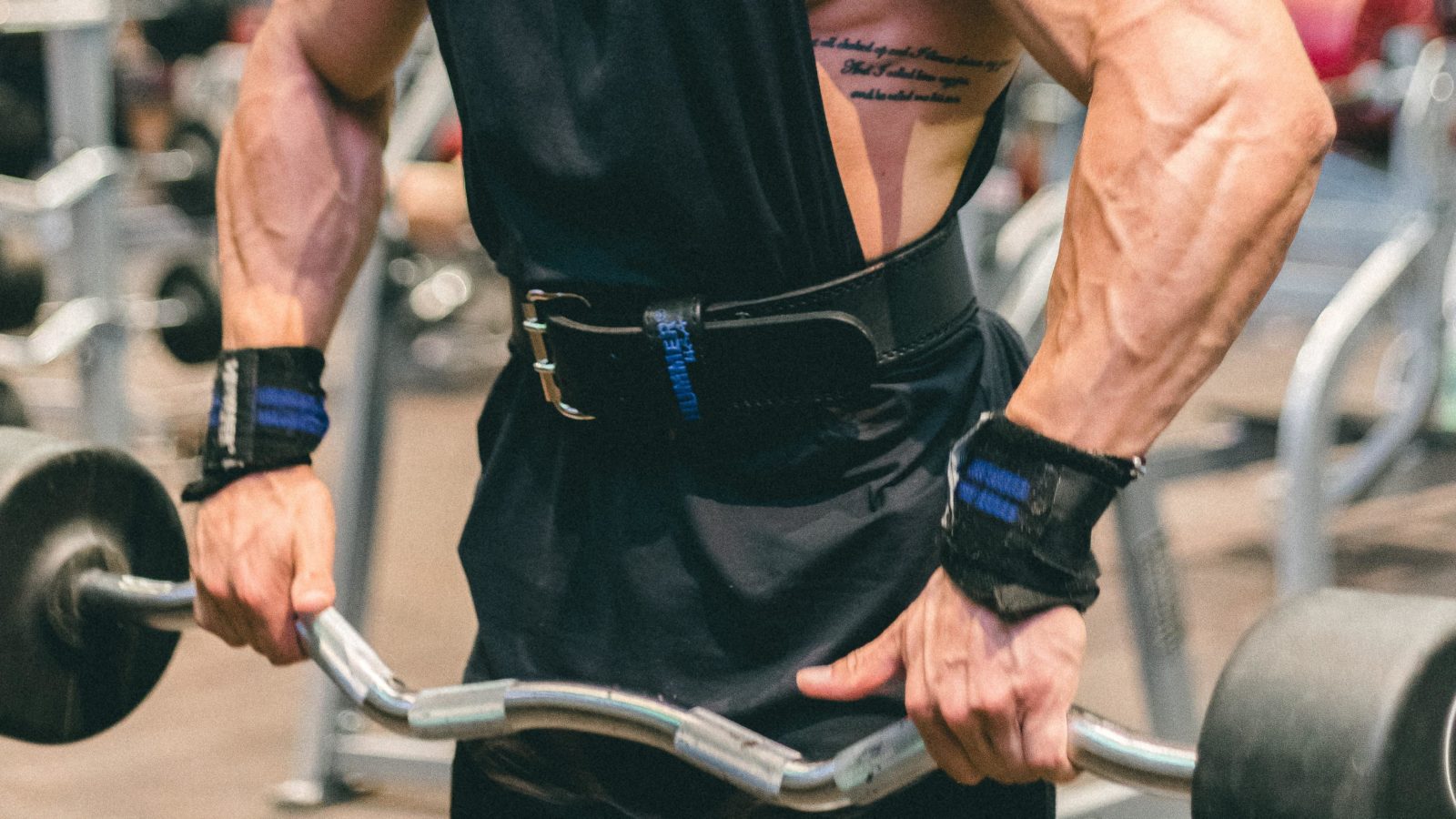Do you want to make everyone around you stare at you like you’re some kind of a hunk? Then what you need is to get your forearms beefed up. And for that, you’re in the right place!
While many gym-goers overlook forearm workouts – especially in their pull day routines – this muscle group is the key to getting that ‘big gun’ effect in your arms. What’s more is that well-developed forearms ensure that your workouts are balanced, preventing injuries and pushing you to life more.
In this guide, you’ll learn about how to get big forearms and all the best exercises so you can achieve the physique you want!
Get beefed up with these 5 exercises for bigger forearms.
Anatomy | Muscle Motion | Best Workouts | Workout Routine | Tips | Key Takeaways | FAQs
Forearms Anatomy
Many trainers suggest there is no need to train the forearms in isolation. If you do heavy barbell exercises such as deadlifts or hip thrusts. They don’t realize how complex the form is.
There are 20 different muscles between the elbow and the wrist. Isolated forearm workouts help engage the smaller muscle as well.
We can divide them between two: Anterior (front) and Posterior (back).

Forearm Muscle Motion
Anterior muscles perform the flexion of the wrist and fingers. Whereas, posterior muscles perform wrist and finger extension.
Muscles that move the fingers are located in the forearms, and operate the fingers via long tendons.

Isometric
Grip intensive exercises like farmers walks are effective for the forearms. Even though there isn’t any flexion or extension, they contract the forearms muscles isometrically by keeping fingers flexed and wristed clenched.

Brachioradialis Muscle
Out of twenty muscles in the forearm, five muscles perform elbow flexion or curling.
Out of the five, the brachioradialis muscle is the most prominent muscle.
Located in the forearm, brachioradialis enables flexing of the elbow joint. It also assists in pronation (palms facing down) and supination (palms facing up) of the forearm.
What is Better: Supination or Pronation?
Brachioradialis muscle is equally engaged in neutral supinated and pronated positions, according to a research paper. Biceps are strongest in the supinated position or when the palms are facing up.
Due to the supporting role of biceps, the best way to target brachioradialis is with a reverse grip or pronated position.

Peak Impact on Brachioradialis
The peak torque for the brachioradialis happens between 100 to 120 degrees, whereas for biceps the peak force is 80 degrees, according to research.
Therefore, the best work out for brachioradialis muscle is reverse grip barbell curl. Keeping the rep partial in the top half of the range
Do these 5 types of bicep curls to grow your gains and get meaty!
Best Wrist Forearm Workouts
For maximum impact, it is best to perform at least one wrist flexion and one wrist extension.
For wrist flexion, the best workouts are dumbbell wrist curl rested on the bench. For a variation, you can use a barbell.
For wrist extension, bench braced wrist extension and standing wrist extension are effective ones. However, the standing one is more popular and requires a better grip.

You should also include a grip focused movement. If you do not do a lot of heavy pulling, then add plate pinch, and you can add more plates. It is not just weight but the thickness which will help you make your grip stronger.
Farmer locks and heavy barbell holds are also great workouts to improve your grip.
Build those forearms with these dumbbell forearm workouts.
10 Best Forearm Exercises – A Complete Workout Routine
For the ultimate forearm growth, check out the best and the worst exercises you can do for strength and hypertrophy:
| Best Forearm Exercises | Advantages | Worst Forearm Exercises | Disadvantages |
|---|---|---|---|
| 1. Wrist Curls | Targets forearm flexors effectively for mass and strength. | 1. Behind-the-Back Wrist Curls | Can strain wrists and shoulders due to awkward positioning. |
| 2. Reverse Wrist Curls | Strengthens the extensor muscles, improving grip balance. | 2. Static Holds with Heavy Weights | Limited muscle engagement and higher injury risk. |
| 3. Hammer Curls | Engages both biceps and forearms, offering functional strength gains. | 3. Single-Joint Isolations with Light Weights | Minimal muscle activation and inefficient for strength development. |
| 4. Farmer’s Walk | Enhances grip strength and overall endurance. | 4. Wrist Extensions with Bands | Often leads to overextension and potential wrist damage. |
| 5. Zottman Curls | Works on both forearm flexors and extensors in one exercise. | 5. Excessive Use of Grip Strengtheners | Can lead to imbalances and overuse injuries. |
| 6. Towel Pull-Ups | Improves grip strength significantly through added difficulty. | 6. Wrist Rolls with Improper Form | Risks strain to the wrist and forearm tendons. |
| 7. Dead Hangs | Builds endurance in grip and forearm muscles. | 7. Over-Gripping Dumbbells | Can cause unnecessary tension and reduce exercise effectiveness. |
| 8. Plate Pinches | Increases thumb strength and control, crucial for grip. | 8. High-Rep, Low-Intensity Curls | Low efficacy for muscle growth or strength improvements. |
| 9. Barbell Hold | Strengthens the grip and forearms, aiding in heavier lifts. | 9. Forearm Flicks | Minimal muscle engagement and risk of wrist injury. |
| 10. Climbing/Rope Climbs | Engages a wide range of forearm muscles, enhancing functional strength. | 10. Isolated Wrist Flexions | Offers limited benefits and may lead to muscle imbalances. |
3 Tips for Bigger Forearms
- Start with 10-20 reps with a lower weight for forearm curls and extension. Heavier weights can lead to joint issues and may not maximize the smaller muscles of the arms before the larger ones get fatigued.
- It is best to perform 2-3 sets per exercise, 2-3 exercises per workout and, 2-3 times a week. Study shows that handgrip training doesn’t impact significantly with higher frequency.
- Always perform forearm workouts at the end so you don’t affect your training session in fatigued form.
- Make sure you’re wearing high-performance gym t-shirts that ensures easy movement so you always hit a full range of motion for maximum gains.
Want a proper routine? Do these 10 exercises to grow your arms.
Key Takeaways
Forearm workouts are crucial for your form and gripping.
Working them in isolation can help strengthen the unworked muscles in the forearm and assist in hypertrophy.
If you want to add any other forearm exercise to your arms workout, you can certainly add but makes you keep them to a limit.
Bicep plate curls are great for forearms but don’t target the brachioradialis in isolation. Reverse grip curl along with one wrist flexion and one wrist extension workout is the best way to get bigger forearms.
FAQs
There’s no magic or decided number of exercises you can do to get bigger forearms because no training method is set in stone. But for most, anywhere between 3-6 forearm exercises during back and biceps workout or on a separate, forearm-dedicated day can work. Just make sure that with every exercise you do, you hit a full range of motion in every rep, making sure you’re activating and targeting your forearm muscles. You can also add variations such as dumbbell wrist curls or hammer curls. Just make sure to keep variety in your routine, add dumbbells as well as bodyweight exercises and keep shocking your muscles into growth!
To gain forearm strength, you need to challenge your grip as well as muscles both at the same time. For instance, if you’re trying to gain strength in your grip as well as lower arm muscles, then doing wrist curls or reverse wrist curls can help a lot. To just strengthen your grip, try doing static holds such as farmer’s walk to improve. In addition, following a robust biceps and triceps workout routine also indirectly engages your forearm muscles, helping you get stronger and beefier.
Yes, totally! 3 sets of 3-6 forearms exercises are perfect, especially if you’re doing every rep in a controlled manner so your muscle is active and engaged at all times. This is even better if you’re constantly overloading through more reps or weights, pushing your muscles into growth. As long as you’re increasing the weights, increasing the ‘hold’ within each exercise or adding more reps for each set, you’ll be on your way to bigger and buffier forearms because your muscles will be challenged. Just make sure to take a holistic approach to training by incorporating forearm exercises into your arm workout routines and ensuring proper nutrition intake for the best results.

